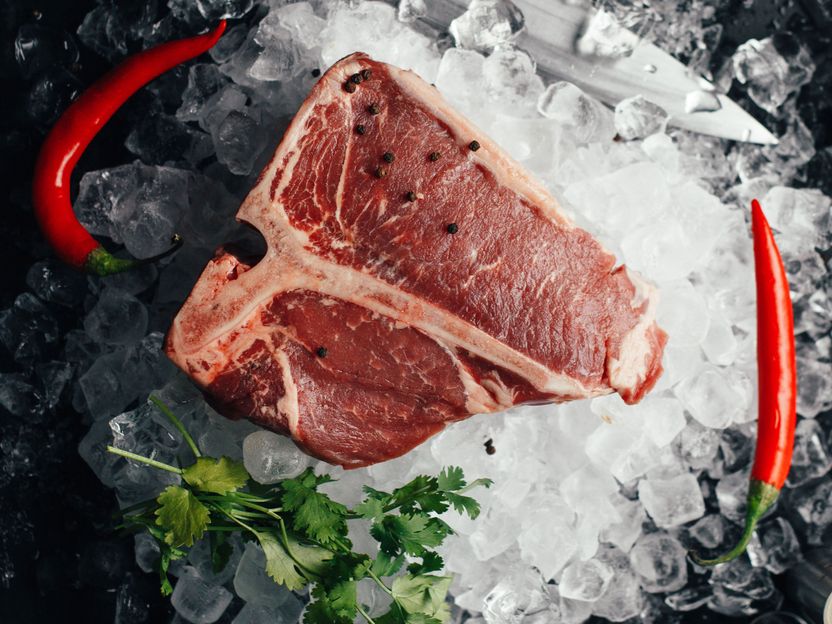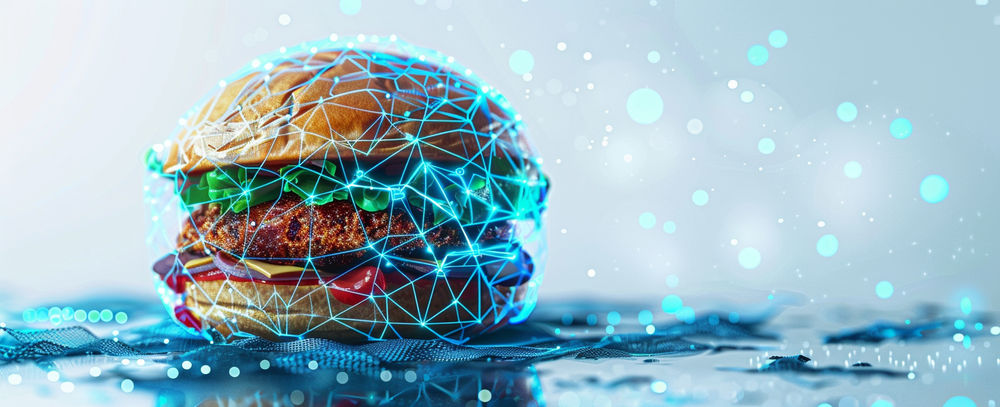Which trends will influence food sector until 2035?
Advertisement
What are Europeans going to eat in 2035? How can food be produced using fewer resources? And what will the food sector look like in the future? These and other questions are part of the EU Horizon 2020 project FOX. A new brochure by Fraunhofer ISI presented today at the 33rd EFFoST International Conference in Rotterdam describes the 50 most compelling food trends, from which scientists and food experts have selected the 15 most relevant ones.

Photo by Victoria Shes on Unsplash
FOX – Food processing in a Box – is a project in which more than 25 European partners aim to transform large-scale technologies for processing fruits and vegetables to small, flexible and mobile local production units. These innovative processing solutions are more resource-efficient and based on seasonality and demand. The project considers the expectations of farmers and small food businesses as well as the needs of the food chain and consumers who will be actively involved in the project.
In order to develop future scenarios for the European Food sector in 2035, the Competence Center Foresight of Fraunhofer ISI has identified and analyzed more than 100 trends influencing the food sector. The FOX consortium and external experts selected 50 trends from these and highlighted the 15 most relevant ones.
So what are the top food trends and what could the food sector look like in the future? The trend »local food circles«, for example, has the potential to change whole food systems. Farmers selling directly to customers has led to various innovations such as food circle buying clubs, seasonal food box subscriptions and online farm shops. These innovations have many advantages including the freshness of products, reduced packaging and decreased environmental damage due to logistics. But consumers may also be faced with a lack of food accessibility for climatic or seasonal reasons. Nevertheless, local food circles could contribute to shifting food production from centralized structures towards decentralized and partially autonomous nutrition systems by 2035.
Another important question in the project is how to reduce resource consumption in the global food system – reducing »food losses and waste« can of course play an important role here. The high amount of food waste in the industrialized world – roughly one third of annual global food production, approximately 1.3 billion tons – indicates the inefficiency of the global food system. The suffering due to moderate or severe food insecurity and the rising world population make it essential to reduce food waste. The growing public awareness of this issue could increase societal pressure and government regulations, and improve production and logistic processes to decrease food waste. Lower prices could be a consequence of this development due to flexible pricing and discounts for food close to its sell-by date.
Finally, what are we going to eat in the future? The trend »alternative proteins« indicates that innovations such as new purely plant based meat alternatives, products based on insects and the application of cutting edge biotechnology to develop cultured meat are needed in order to meet the protein needs of a growing global population. Besides the development of alternative protein products, the production systems and consumer behaviour also have to change in the future. Meat poses a special challenge due to its high per capita consumption in the USA (97kg) and Europe (67kg) and the unacceptably high greenhouse gas and other pollutant emissions associated with this. The trend could lead to the coexistence of meat and alternative protein industries which complement each other.
Both incumbents and new players could gain from a nuanced debate about how to evolve and reshape food systems to provide healthy and sustainable food.
Dr. Björn Moller, FOX project coordinator at Fraunhofer ISI, states that other major trends also have to be considered when talking about the future food system: »Artificial Intelligence and machine learning will have an important impact on food production and facilitate ›smart farming‹ for example. But AI might also help to improve the quality and freshness of food and reduce waste by identifying customer demands in advance. This enables shops to make the right amount of the right food available at the right time. A fact that is especially valid for e-commerce, but also offers local retailers huge potential to provide a specific, customized and different product range in every store.«
Other news from the department science
Most read news
More news from our other portals
See the theme worlds for related content
Artificial intelligence (AI) for food and beverages
Artificial intelligence (AI) is optimizing the food and beverage industry through automated quality control and more accurate demand forecasting. AI plays a particularly important role in product development by analyzing taste preferences and market trends. This allows new products to be developed that are better tailored to consumer needs, increasing efficiency and customer satisfaction.

Artificial intelligence (AI) for food and beverages
Artificial intelligence (AI) is optimizing the food and beverage industry through automated quality control and more accurate demand forecasting. AI plays a particularly important role in product development by analyzing taste preferences and market trends. This allows new products to be developed that are better tailored to consumer needs, increasing efficiency and customer satisfaction.





















































